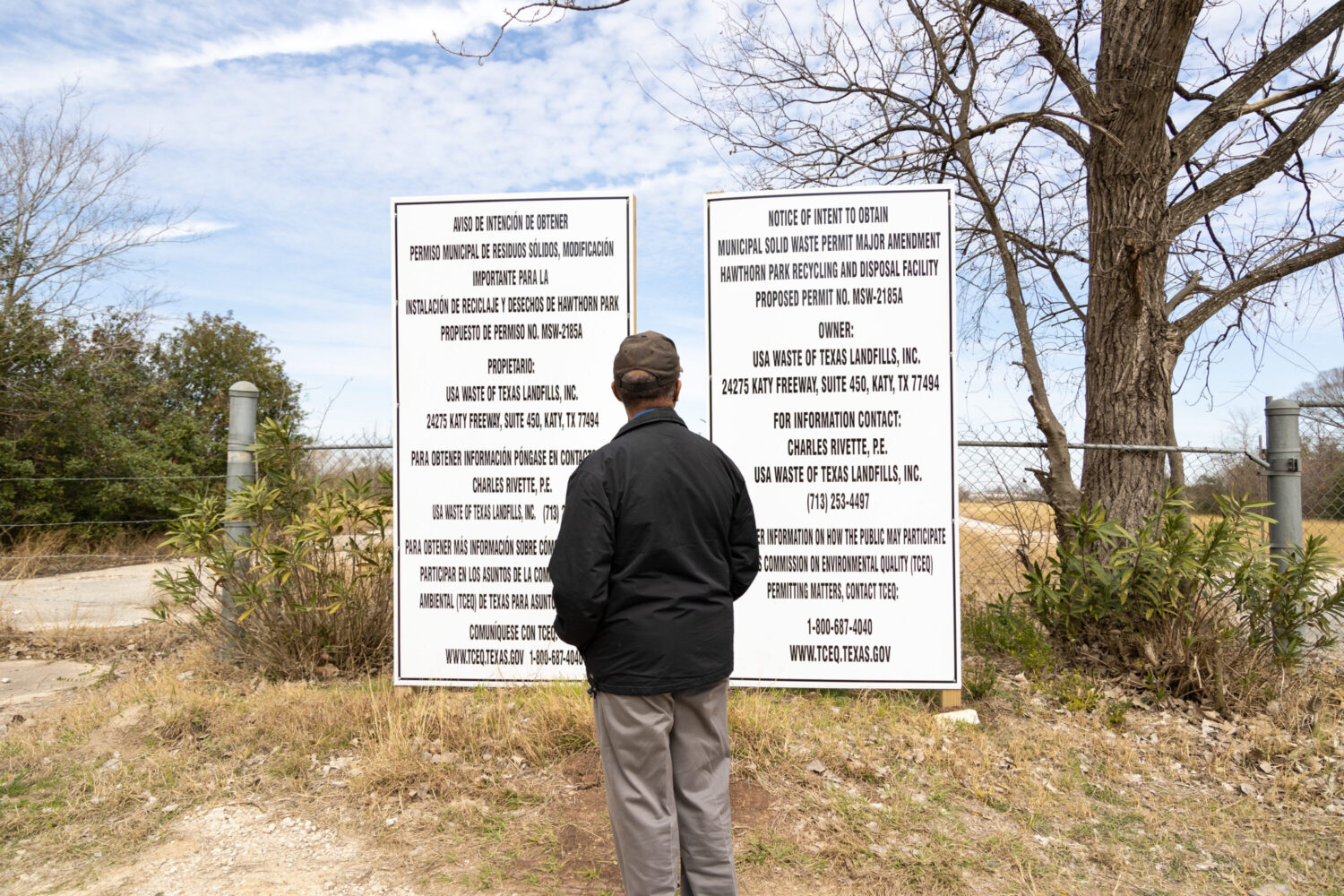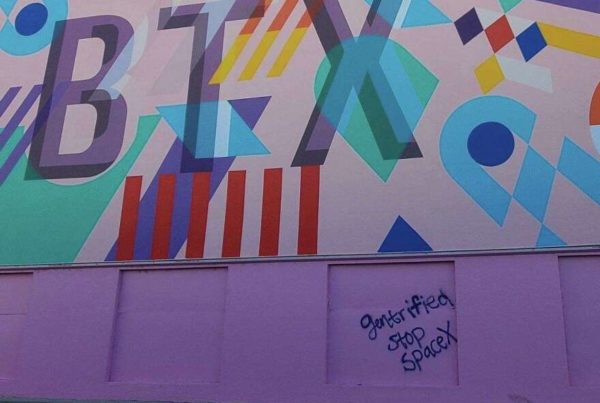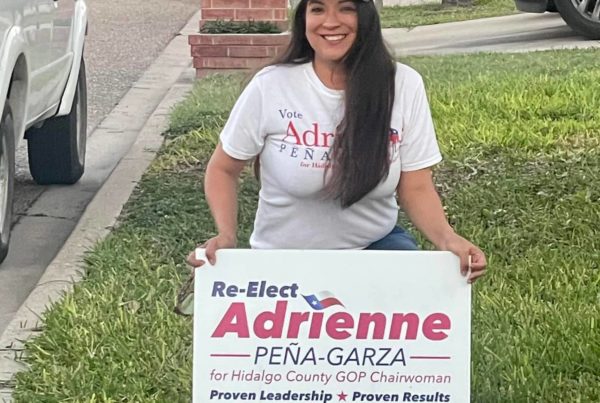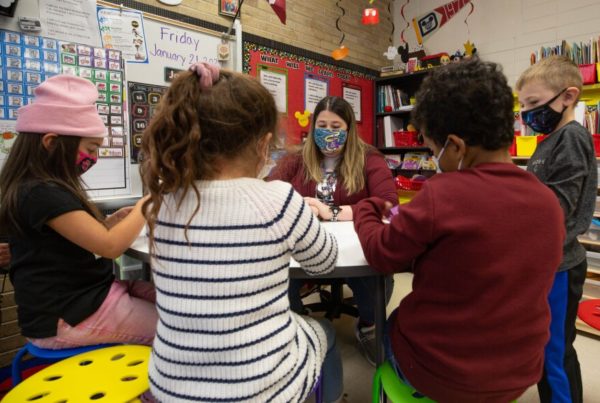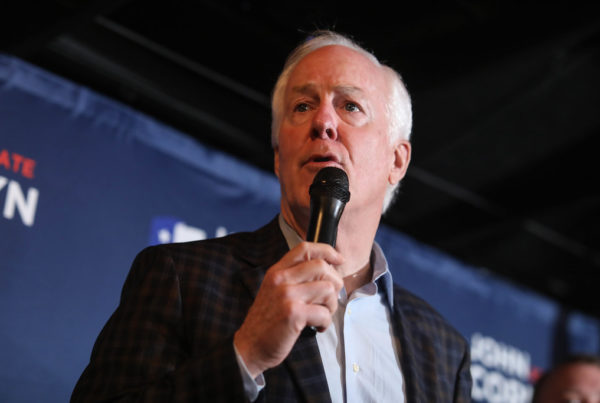Victor Hébert, 79, still lives in his childhood home in Carverdale. He remembers returning to a full house after long summer days playing baseball on the makeshift field down the street. There were adults over for prayer, or the neighborhood kids his mother babysat for free, plus his eight siblings.
Today, he lives there alone. His residence is littered with markers of the past — an old family piano and shelves overflowing with photos, including several of his late mother, a well-known teacher in the neighborhood — all symbolizing a time before the landfill opened up across the street from his home.
A two-lane road is what separates Hébert’s house from the former entrance of the landfill. For years, when there was a higher level of activity, a bottleneck of traffic paraded outside his house almost every day of the week.
“If you’re trying to sleep till seven or eight o’clock, you can forget it,” Hébert said. “The noise pollution is horrendous. You can see my bedroom window is less than 50 feet from the street.”
The landfill’s entrance has since moved a few blocks down the road, but truckers and industrial activity still bustle up and down Tanner Road, which cuts across Carverdale. The street is lined with industrial buildings — a concrete crushing facility, a composting facility and the Hawthorne Landfill, owned and operated by a Waste Management subsidiary.
Hébert said trucks would stir up dirt on the ground and that it seeped into his house, especially when the entrance was directly in front of his property.
“The dust was unbearable,” Hébert said. “The dust is still a problem. It was almost futile to wash a car, or to keep a car clean. Before you put the hose back, it was dusty again.”
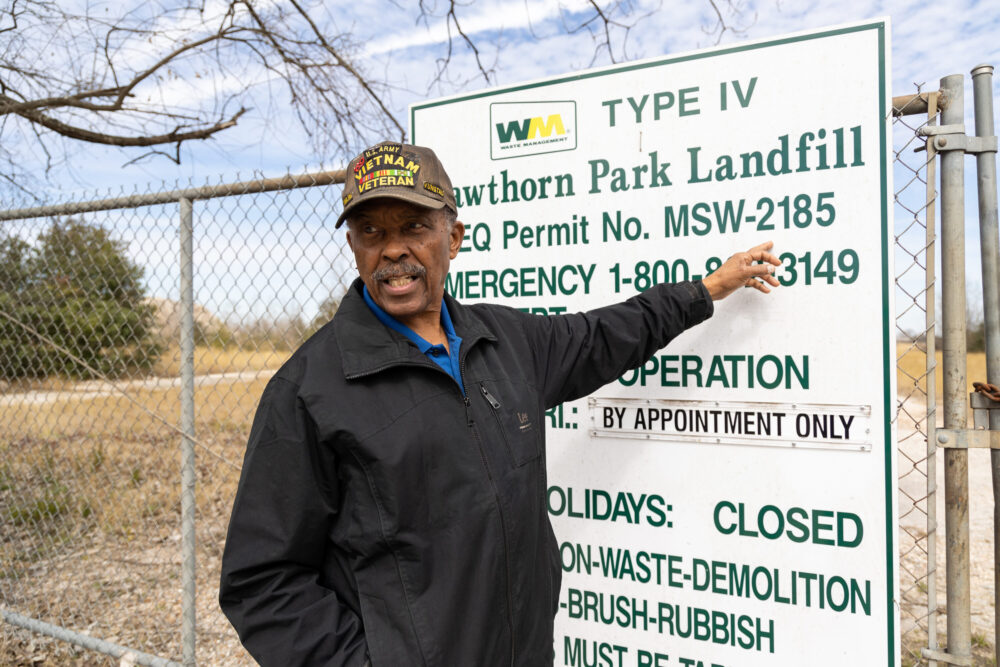
The traffic on this road is a long-standing frustration of residents in the neighborhood. The problem is now at risk of getting worse.
Waste Management plans to make the landfill bigger and taller. Last February, the company asked the Texas Commission on Environmental Quality to sign off on a series of changes. If approved, the landfill would expand just under 40 acres in perimeter and almost 90 feet in elevation. This would significantly ramp up activity and allow the landfill to operate another 46 years, even though its estimated to reach capacity in the next few years.
In a recent decision issued this month, the TCEQ expressed intention to move forward with the permit. The notice said the company’s application met all the requirements and that a draft permit has been prepared.
Although the permit is not yet officially approved, many residents were unhappy to hear the news.
“I am not surprised,” said Iesheia Ayers Wilson, who has lived in Carverdale her whole life. “They don’t care about our lives or our community.”
That’s a sentiment many expressed during a public meeting in January, which was held on a virtual call without video. State Sen. John Whitmire, D-Houston, called for the hearing and was joined by other lawmakers representing Carverdale, including Democratic state Rep. Jarvis Johnson of Houston and City Councilmember Amy Peck.
All three echoed complaints from residents like Ayers Wilson that the virtual meeting was not enough.
“It’s better you see the people so you can feel the emotion, hear the concern,” Ayers Wilson said. “Not just go on because the I is dotted and the T is crossed.”
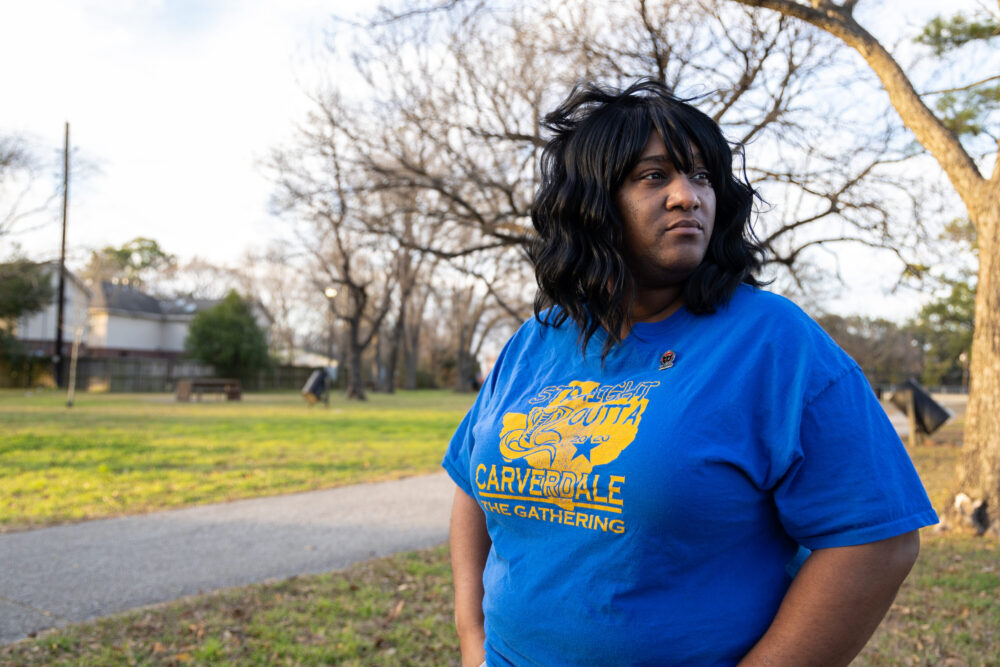
At the three-hour virtual meeting, dozens of stakeholders listed their concerns about the expansion, including its impact on property values, traffic and possibly their health.
Victor Hébert is nervous that pests and dust will dominate his house again. Rats and roaches have also made their way to the property, which he believes is related to the landfill. At its peak, he was calling an exterminator to come in three times a year.
TCEQ officials say accounts like that run contrary to the agency’s understanding. Staff Attorney Anthony Tatu said the type of material the landfill accepts — mostly construction waste and brush — shouldn’t cause odors or attract pests.
Those assurances were met by skepticism by many in the community.
“We are telling you the people of Carverdale do not want this landfill,” said Monique Singleterry, who lives a little more than a mile from the landfill. “We didn’t want it then and we don’t want it now.”
Charles Rivette, an official from Waste Management, was present at the meeting. He said in the decades the landfill has been in Carverdale, the company has been a good neighbor.
“We know our proposal is not popular,” Rivette said. “But we have coexisted with the Carverdale Community for over 20 years. We proudly and willingly participated in community cleanups, landscaping projects, funding for teachers and after school tutors.”
In an email, TCEQ said it doesn’t plan to hold an in-person meeting at this time.
“What I’ve seen over the last four decades is that usually, state agencies really do the minimum when it comes to checking the box and public hearings,” said Robert Bullard, a professor at Texas Southern University and a member of the White House’s Environmental Justice Advisory Council.
Bullard has been an outspoken critic of the landfill expansion in Carverdale, a majority Black and Hispanic neighborhood. The industrial presence there is part of a greater phenomenon in Houston and other parts of the United States, Bullard said.
“Carverdale is a textbook case of environmental racism,” he said.
Bullard authored landmark research about the placement of landfills from the 1920s to the 1970s. He found landfills and incinerators in Houston were historically built in communities of color.
“Zero in on 2022 in Houston and you can see the same pattern emerging with landfills and other kinds of locally unwanted land uses,” Bullard said. “Even in a city that doesn’t have zoning, you’ll find a disproportionate share of landfills and other facilities informally or unofficially zoned for black and brown communities.”
This “unofficial zoning” comes from the power of neighborhoods to renew and enforce deed restrictions, as well as the resources to hire lawyers with environmental expertise.
Equity and fairness are not factors that the TCEQ considers in the permit approval process.
“I will say that demographics and environmental justice is not something that the TCEQ currently has statutory authority to consider,” Tatu said at the meeting. “We are looking at the technical requirements of the applications.”
The TCEQ will soon issue a response to the public comments from the community — after which residents will have the opportunity to request a contested case hearing, similar to a civil trial in front of an administrative law judge. Some residents already said they want one.
In a letter to the press, one local organizer said the community is looking for legal aid to fight the permit application, and that community members are pushing for the landfill to permanently close. Ideally, the site would be designated as a brownfield and repurposed as a solar farm, the letter says.
Bullard believes that more affluent communities would continue to fight the permit application, and said the residents of Carverdale should do the same.
“What would white people do?” Bullard said. “White people would fight like hell. They would hire lawyers, scientists, planners and other experts. White communities rally and Black communities should do the same.”


